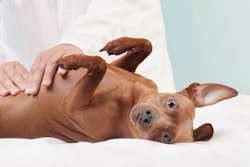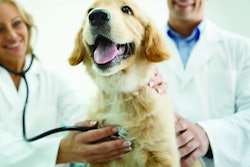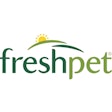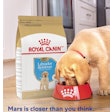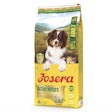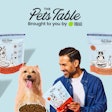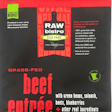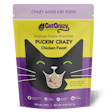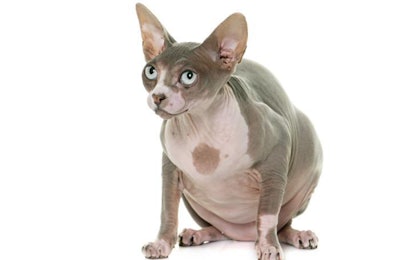
Pet owners seeking to reduce their own energy intake may cut carbohydrates from their diets as they aim to lose weight. With the focus on carbohydrates in human foods, pet owners have become mindful of the role carbs play in dog, cat and other pet foods.
The carbohydrates in pets' diet also play a role in fighting pet obesity. Despite being obligate carnivores, carbohydrates entered the diets of cats’ wild ancestors through the guts of the prey the cats ate. Now, in many cat foods, a range of grains or tubers replace a mouse’s half-digested last meal as cats' main carb input. While cats can digest a range of carbohydrate sources, ingredient choices may have implications for cat obesity.
Experiment on five carbohydrate sources in cat foods
A group of researchers at Zhejiang University tested five different carbohydrate sources for their influence on cats’ digestion, glucose and insulin levels, and gut microbiomes. The scientists used either potato, cassava, sweet potato, rice or wheat as the main carbohydrate sources in cat food. While none of these carb sources had a negative effect on the cats, two did have benefits that could guide the formulation of weight-control pet foods.
“Different carbohydrate diets will affect the diversity, richness, and population structure of intestinal microflora,” the scientists wrote in the Journal of Animal Science. “Among them, cassava and sweet potato diets could better control blood glucose, and blood lipid levels, and improve gut flora.”
Fusobacterium, Veillonella and Actinobacillus bacteria species were significantly higher in the digestive systems of cats fed diets containing sweet potatoes. For cats fed diets containing cassava, Delftia, Shinella, Rothia and Hydrogenophage were more abundant than in other diets.
The researcher said their results could serve as a reference for the research and development of cat foods. However, the ideal quantity of sweet potato or cassava in cat food needs further study, as does the exact biological mechanism by which the ingredients influence cat health.


